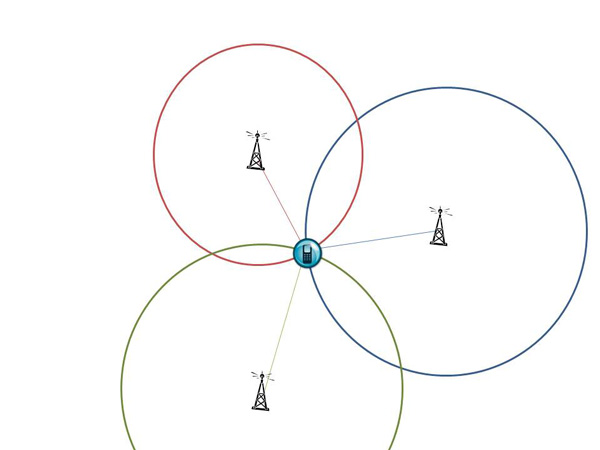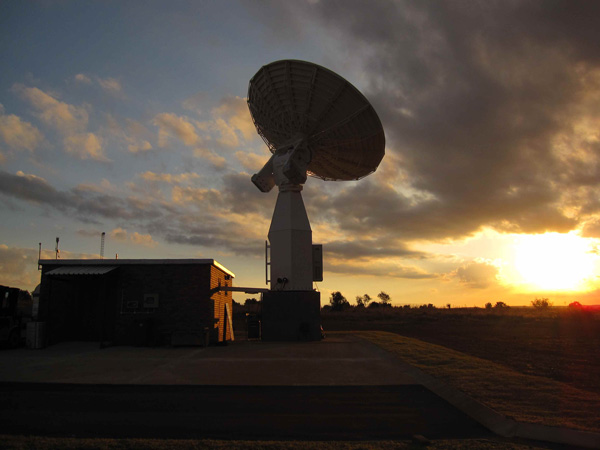10 Ways For Your Smartphone To Discover Where You Are

The modern world is so full of technology that sometimes we don’t even notice its presence. Still, we are surrounded by many sensors, microchips, and other small things which take part in our life. And one type of them is a combination of inactive and dynamic search technologies, which you should know about.
Number 1: GPS
GPS technology is commonly used for navigation and tracking purposes. It is a satellite positioning system used by the USA. Together with other satellite navigation systems like Russian GLONASS, European Galileo, Chinese Compass, and Japanese QZSS (Quasi-Zenith Satellite System), it is a powerful tool for precise (up to 1 centimeter) outdoor tracking. Still, it loses its magical power indoors and sometimes even in huge cities.
Number 2: Assisted GPS
Assisted GPS, or A-GPS, is the advanced version of GPS tracking. It is used to make GPS navigation work much faster. The main principle of this system is to use phone-building triangulation to choose the phone's area in a particular place and then use satellites with GPS tracking to define it more precisely in that area.
![]()
Number 3: Artificial GPS
This technology may be considered as the variation of the A-GPS that is also used to make the location-finding job much faster, but it cannot improve the precision of the location tracking. Using a cell phone or wireless web system, this system sends the data about future satellite locations and stores them in the smartphone's cache. Using these data, your smartphone will determine the place in about 2 seconds.
Number 4: Cell ID
This technology allows mobile phone carriers to select your smartphone's establishment without a GPS element. This system uses the IDs of your smartphone and phone buildings surrounding it to choose its establishment between three or more buildings. Although it is not as precise as GPS in the open areas, in an urban environment, it can give even more accuracy than GPS tracking because there are many short-range cell phone towers in the city, and GPS navigation has a weaker signal.
Number 5: Wi-Fi
A similar thing can be done using a Wi-Fi connection. There are two methods Wi-Fi can hunt your place. The first one is called RSSI. It uses Wi-Fi hotspots and their database to track your location between them (like the Cell ID method does with cell phone towers) with tens of meters of precision. The second way is called wireless fingerprinting technology. It records the fingerprint of a particular place, recording your location during the first visit. When you go there again, the system will recognize you and be able to determine your site within a few meters of accuracy.

Number 6: Inertial Sensors
Probably every smartphone has those sensors inside: a magnetometer (it is called a compass), accelerometer, and gyroscope. A compass can determine the direction of your movement, an accelerometer measures your speed, and a gyroscope monitors your turning actions. While they can work for only a few minutes, they can be convenient in mixture with other tracking systems. For example, when you drive through the tunnel, ordinary tracking systems cannot reach you, and while you are there, your area will be tracked by those sensors until you go to the tunnel exit, where GPS tracking will pick you up.
Number 7: Barometer
While this tool is not of use, with some calibration and previously uploaded data about local weather, it can determine the elevation level and even the floor you are at quite precisely. Although its data can be affected by air conditioning and heating systems, the barometer is a handy instrument for indoor tracking together with other ones.
Number 8: Short Signals
Many government facilities and additional high-security locations use badges with RFID chips and hundreds of sensors inside the facilities to decide where a particular person is. The other short-range signal technology spread nowadays is NFC (near-field communications). It is embedded in many different smartphones and used not only for payments but also to help indoor tracking become even more precise.

Number 9: Bluetooth Beacons
Some retail stores have started to use this technology to know precisely where the customer is and what goods he or she is interested in. The accuracy of this tracking system is 10 centimeters. Its work is equivalent to a Wi-Fi fingerprinting system, but it uses the net of Bluetooth beacons across the store and the Bluetooth 4.0 connection of your smartphone to locate you inside the store.
Number 10: Terrestrial Transmitters
I guess this is the real future of tracking. Companies like Locata and NextNav have already started to develop it. They will use a variety of GPS satellites with ground-based transmitters, allowing 2-inch precise monitoring to be public outdoors and indoors. The Locata’s technology uses a 2.4GHz frequency band (the same as Wi-Fi and Bluetooth), and NextNav’s technology relies on the 900MHz band used by many modern cell phones, and they plan to build a ring of their transmitters around each city.
Impressed?
So you can see that tracking technologies are developing very quickly, and soon there will be no place where you can be untraceable. Still, even with such advanced tracking technologies, there is a way to secure your spot. Wherever you are, you can prevent your smartphone from discovering your site by any means expressed overhead at once and for good.






